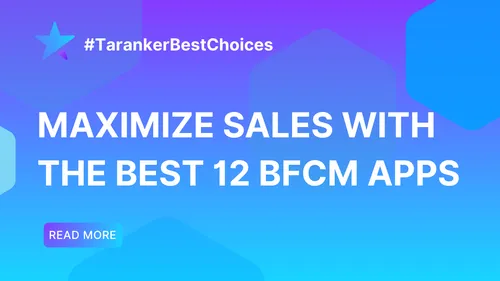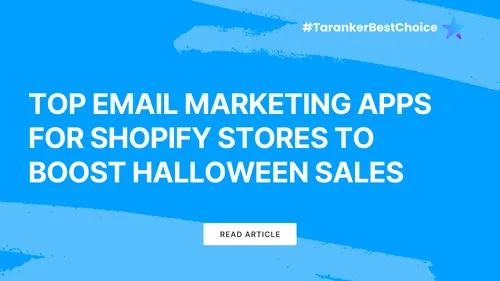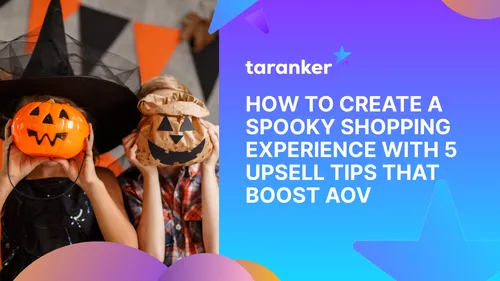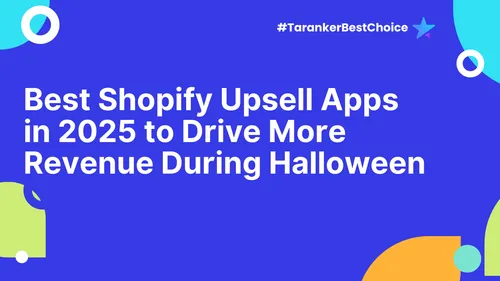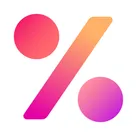Introduction
For eCommerce merchants, Shopify provides a versatile platform with one of its strongest assets being the Shopify App Store. With thousands of both free and paid apps available, you can customize and scale your store to suit nearly any business model. However, choosing between free vs. paid apps isn’t always a simple decision. While some free apps offer tremendous value, others may lack critical features, scalability, or support. Conversely, premium apps can deliver robust functionality—but may be overkill or unjustified for smaller stores.
The key is to strategically combine both free and paid tools to maximize performance, customer satisfaction, and revenue—without bloating your backend or hurting your profit margins.
In this blog, we’ll explore: ✔ The differences between free and paid apps
✔ Pros and cons of each
✔ Recommended apps in both categories
✔ How to build a cost-effective app stack
✔ Tips for evaluating app ROI and avoiding bloat
Let’s unlock the power of smart app integration for your Shopify business.
1. Free vs. Paid Shopify Apps: What’s the Real Difference?
Free Apps: Budget-Friendly, But Often Limited

Free apps are ideal for startups and small merchants who want to test ideas or launch lean. Many offer: ✔ Basic core features
✔ Easy installation
✔ No long-term commitment
However, limitations may include: ❌ Limited customization
❌ Usage caps (e.g., number of emails, reviews)
❌ Basic design or slower customer support
📌 Use Case: A new store may use a free popup app for email collection before investing in full-scale marketing automation.
Paid Apps: Premium Functionality and Scalability

Paid apps typically offer: ✔ Advanced features and automation
✔ Greater customization options
✔ Priority customer support
✔ More frequent updates and improvements
They're ideal for stores that are scaling or need more robust capabilities to optimize marketing, fulfillment, or UX.
❗ Caution: Not every paid app offers value proportional to its cost. Always test and measure performance before committing.
2. Must-Have Free Shopify Apps for Core Functionality

Let’s highlight some reliable free apps that bring real value:
Shopify Inbox
Category: Customer support
✔ Live chat tool built directly by Shopify
✔ Syncs with Facebook Messenger
✔ Includes customer interaction history
DSers (Free Plan Available)
Category: Product sourcing/dropshipping
✔ AliExpress integration
✔ Bulk order management
✔ Multiple supplier mapping
Judge.me (Free Plan)
Category: Reviews & social proof
✔ Unlimited review requests
✔ Photo & video reviews
✔ Google rich snippets support
Shopify Email (Free up to 10,000 emails/month)
Category: Email marketing
✔ Native Shopify tool
✔ Pre-built templates
✔ Basic automation
📌 Pro Tip: Free apps are excellent for proof-of-concept testing before investing in more advanced paid options.
3. Recommended Paid Shopify Apps That Deliver High ROI

When your store starts growing, premium tools can save time, increase revenue, and support scaling. Here are high-value paid apps worth considering:
Klaviyo
Category: Email & SMS marketing
✔ Smart segmentation and automation
✔ Predictive analytics
✔ Seamless Shopify sync
Why It’s Worth It: Personalized automation drives higher conversions and retention.
ReConvert
Category: Post-purchase upselling
✔ Customizable thank-you pages
✔ Product upsells, surveys, reorders
✔ Advanced segmentation
Why It’s Worth It: Converts a passive thank-you page into a high-performing revenue channel.
PageFly
Category: Store design
✔ Drag-and-drop builder
✔ Mobile-optimized pages
✔ A/B testing
Why It’s Worth It: Helps you build high-converting landing and product pages without developer costs.
Loox
Category: Visual reviews
✔ Collects photo/video reviews
✔ Automates requests
✔ Integrates with Google Shopping
Why It’s Worth It: Trust-building reviews directly impact sales conversion and SEO.
4. How to Strategically Combine Free and Paid Apps

You don’t need all paid or all free apps—the key is balance.
Smart Stack Example for a Mid-Level Shopify Store:
|
Category |
Free App |
Paid App |
|
Email Marketing |
Shopify Email |
Klaviyo or Omnisend |
|
Reviews |
Judge.me |
Loox |
|
SEO |
Smart SEO (freemium) |
SearchPie |
|
Live Chat |
Shopify Inbox |
Tidio or Gorgias |
|
Upsell/Cross-sell |
Honeycomb (freemium) |
ReConvert or Vitals |
|
Store Design |
Dawn Theme + Theme Editor |
PageFly or Shogun |
📌 Tip: Start with free apps, identify gaps, then upgrade only where added functionality provides measurable ROI.
5. Evaluate ROI Before and After App Installation

Here’s a simple framework to determine app effectiveness:
1️⃣ Track before-and-after performance (sales, AOV, CTR, bounce rate)
2️⃣ Set a goal: e.g., Increase cart recovery by 15%
3️⃣ Check monthly cost vs. uplift in revenue/time saved
4️⃣ Review app support, updates, and user experience
📌 Warning Sign: If an app slows your store, conflicts with other tools, or delivers marginal improvements, it’s not worth the investment.
6. Tips for Managing Multiple Apps Efficiently
✔ Run a monthly audit of your app stack
✔ Delete unused apps—they can still load code and slow your store
✔ Test new apps on a duplicate theme
✔ Bundle functionalities to reduce app load (e.g., Vitals = 40 tools in 1)
✔ Monitor app billing closely to avoid hidden charges
Conclusion: Optimize Your Shopify Store Without Breaking the Bank
Shopify’s app ecosystem is one of the biggest advantages the platform offers. But to get the most out of it, you must choose wisely. Use free apps where they meet your needs and invest in paid apps where they clearly return value.
The goal is a lean, powerful, performance-driven app stack that supports growth, not bloated complexity.

